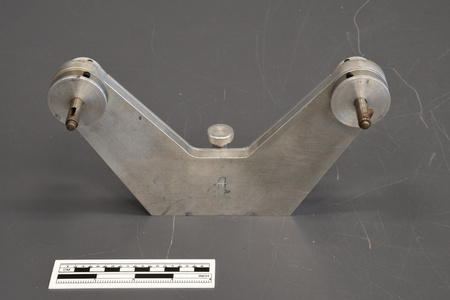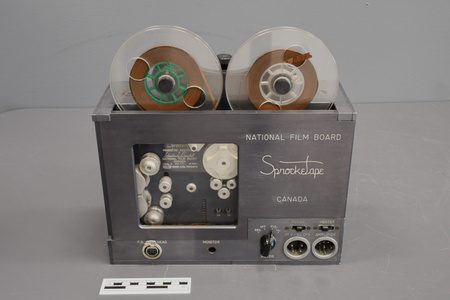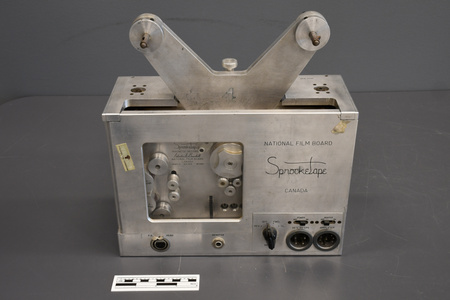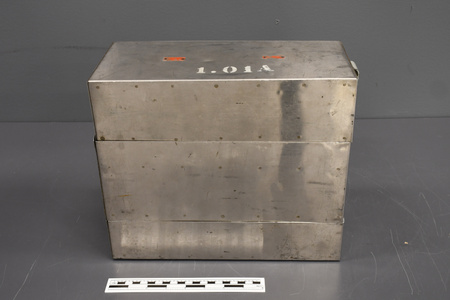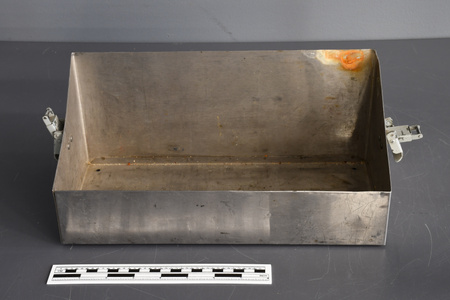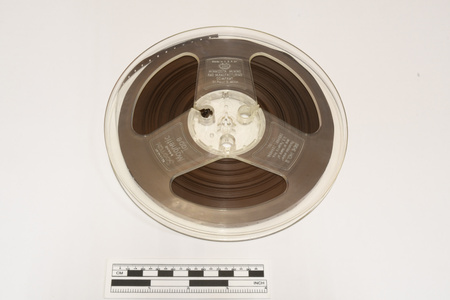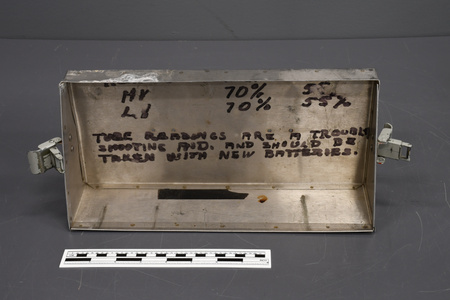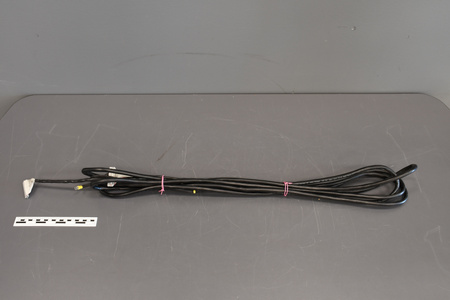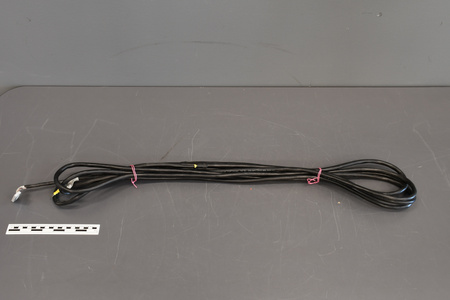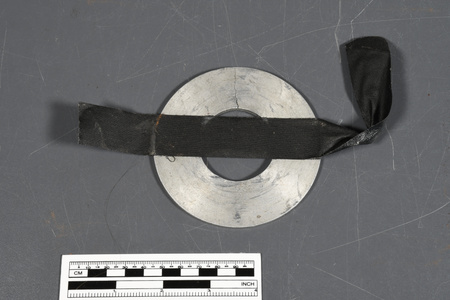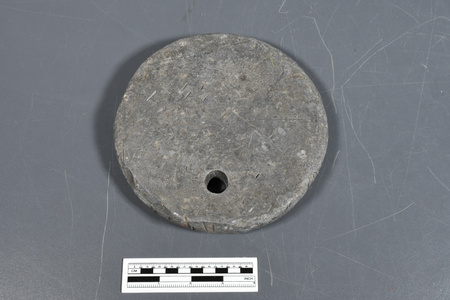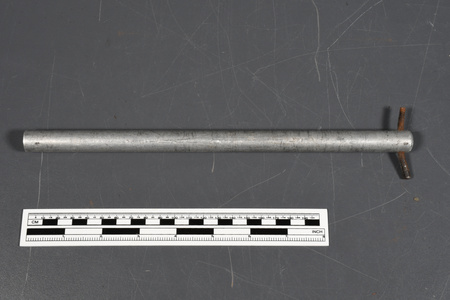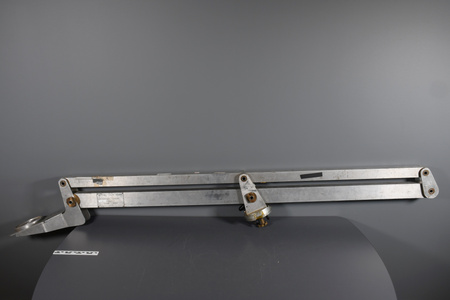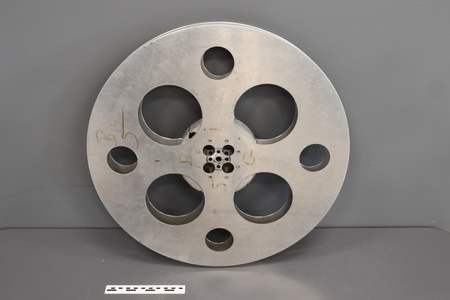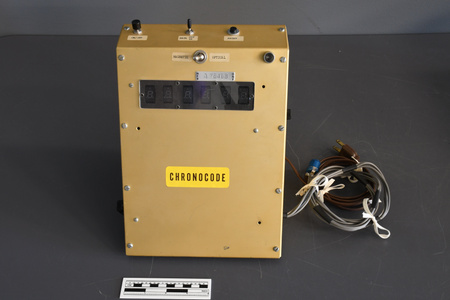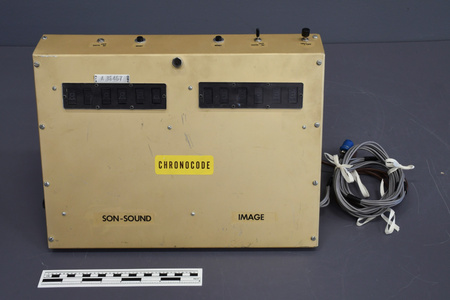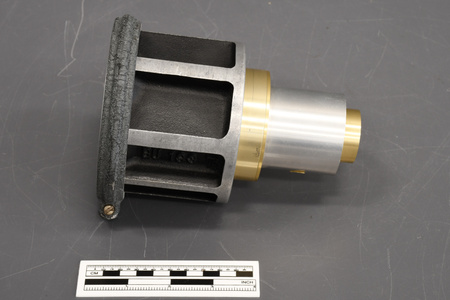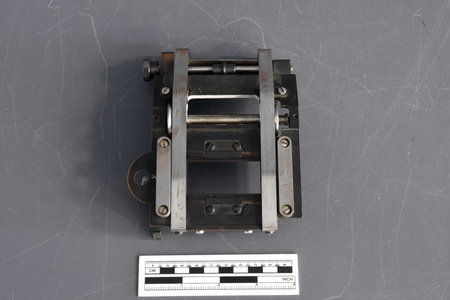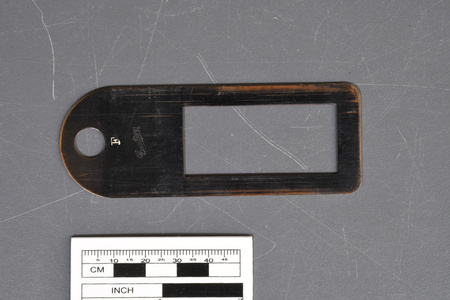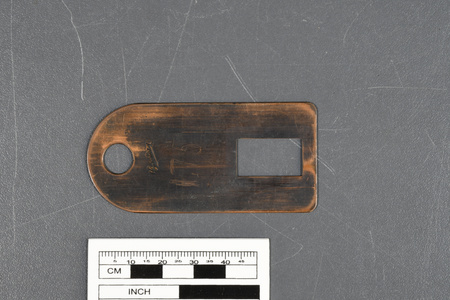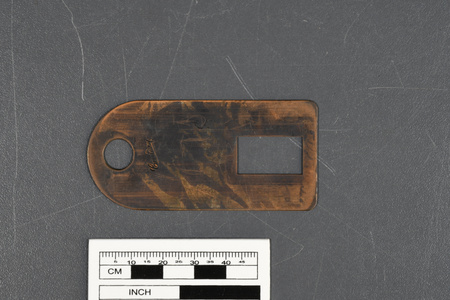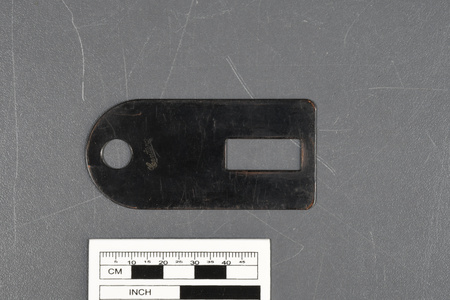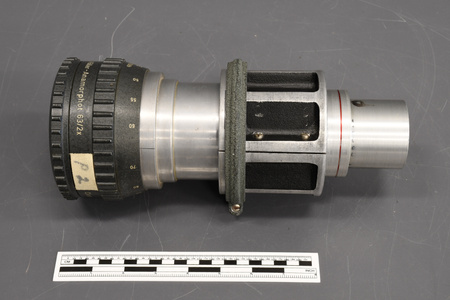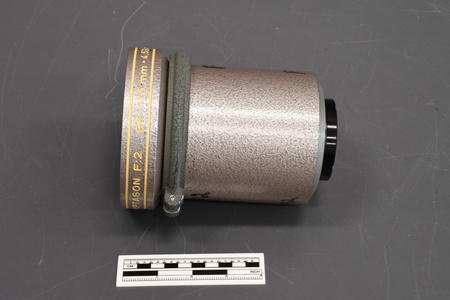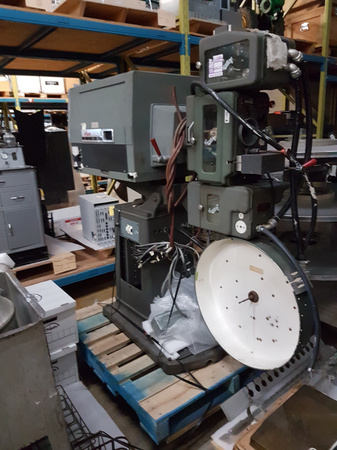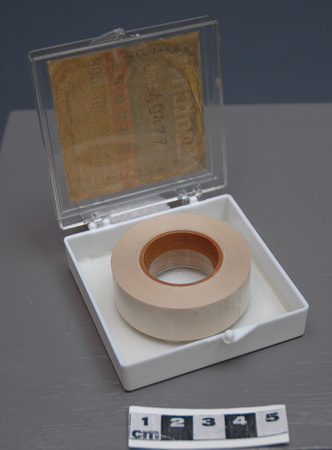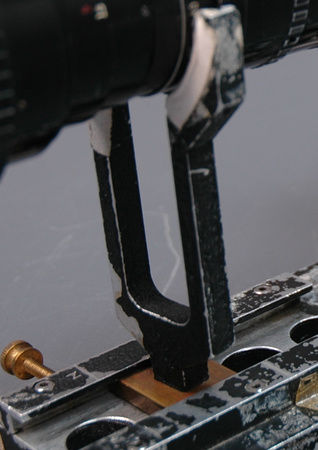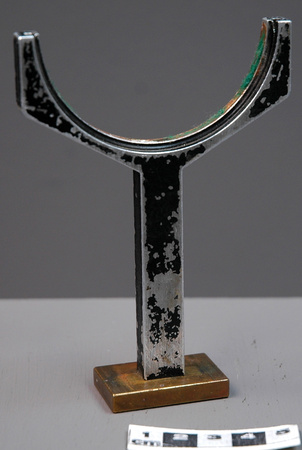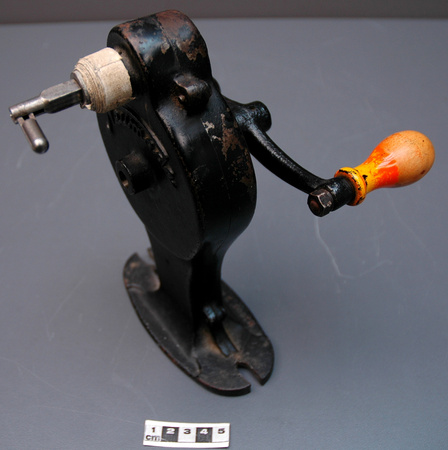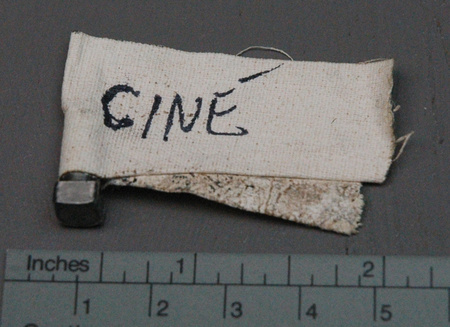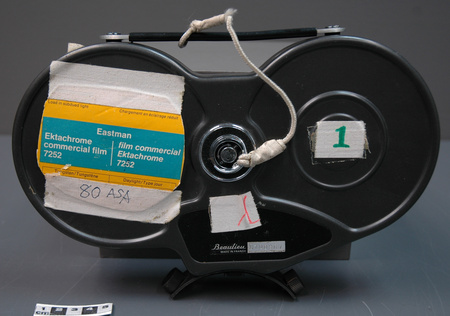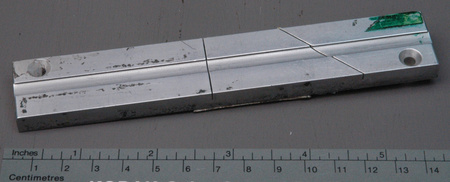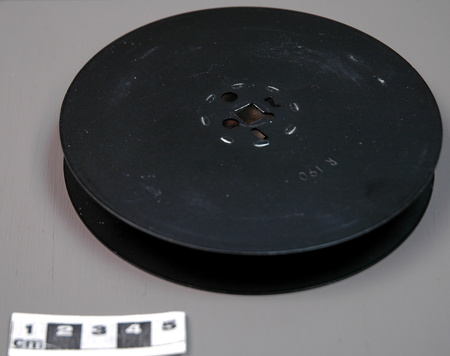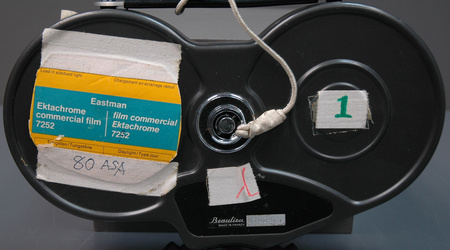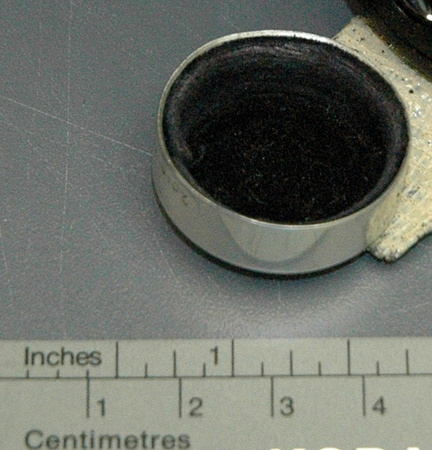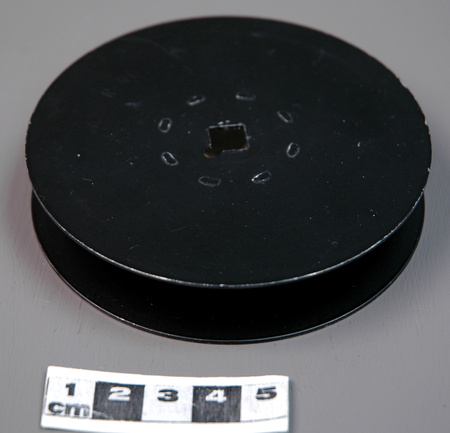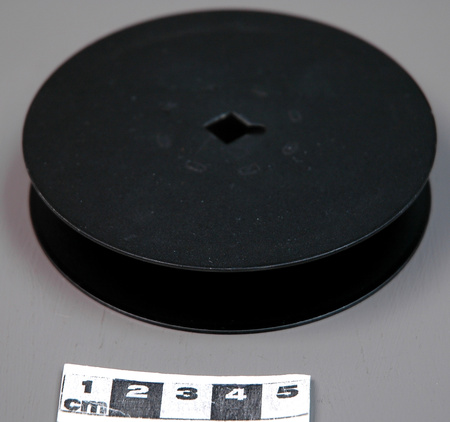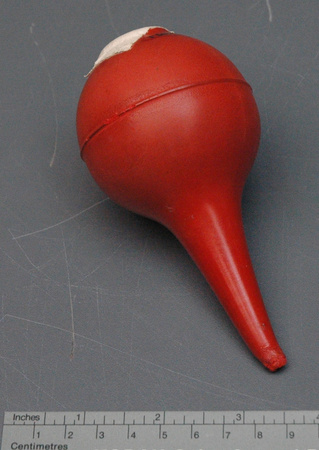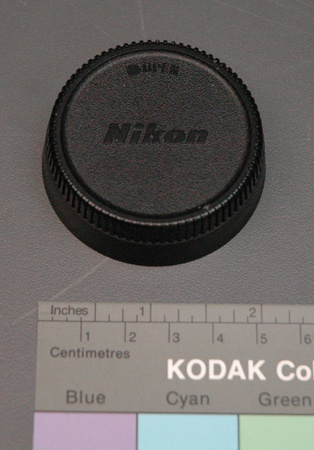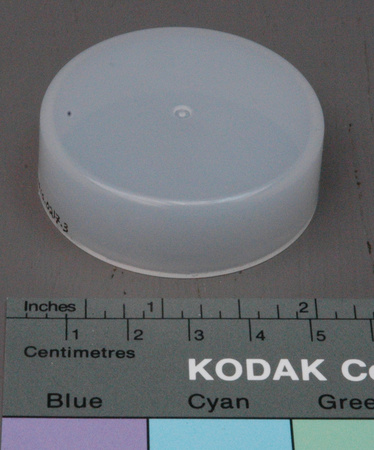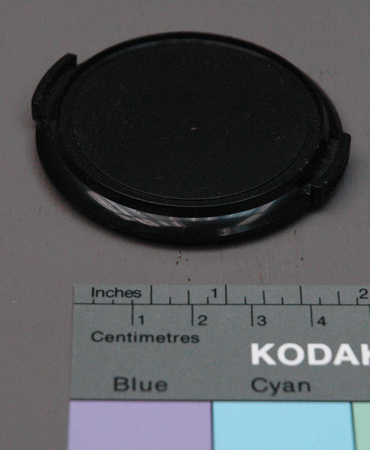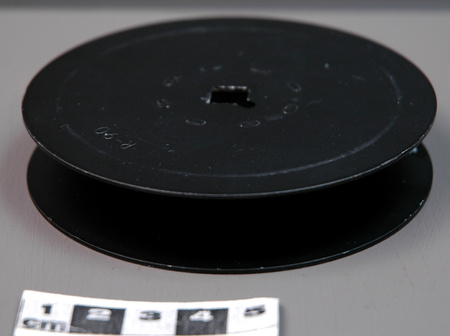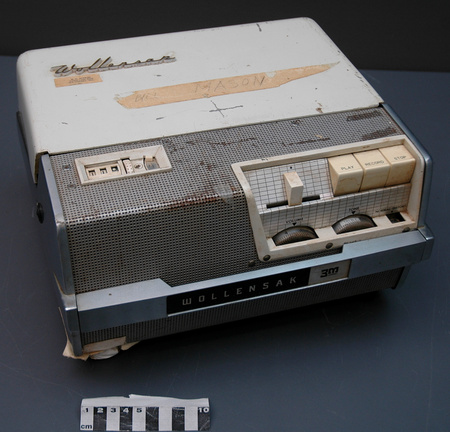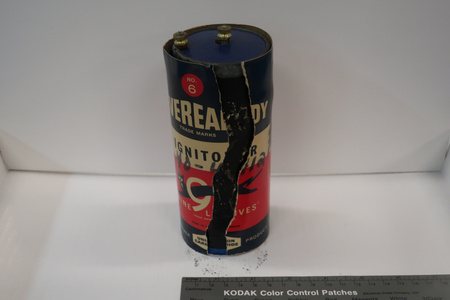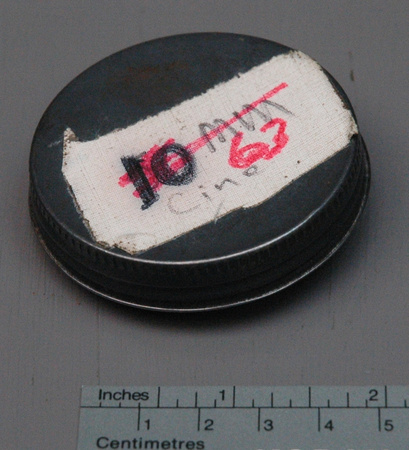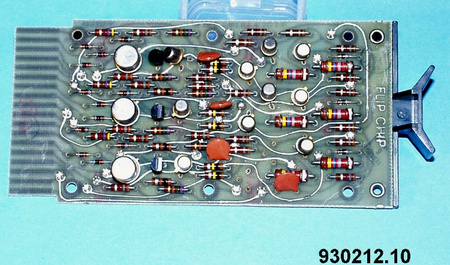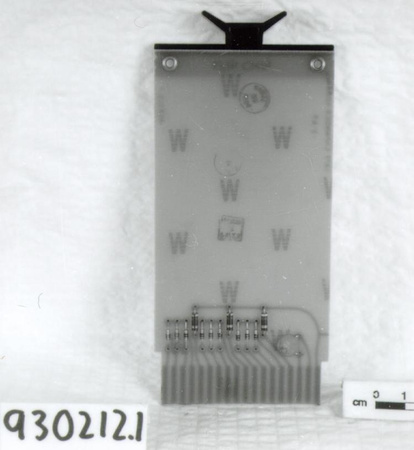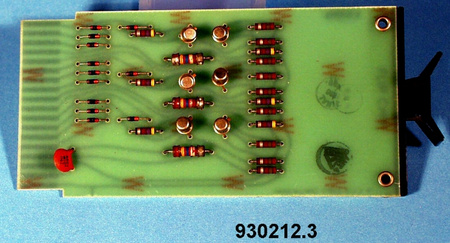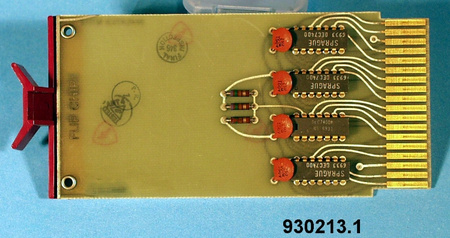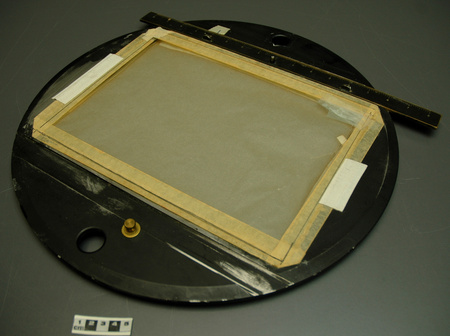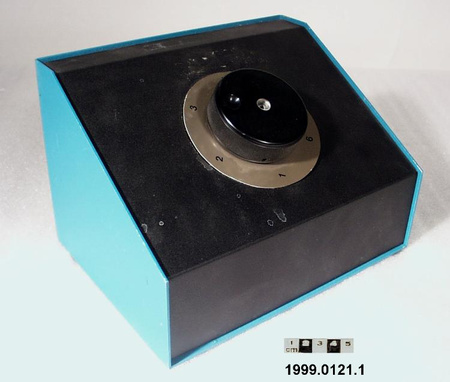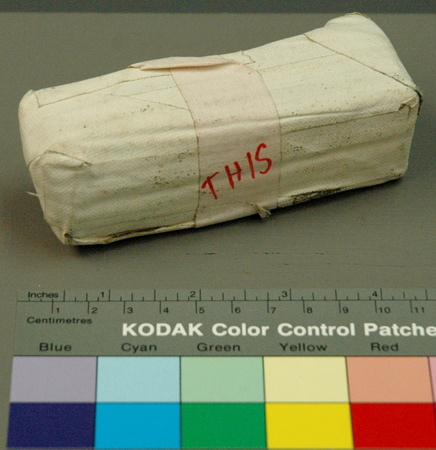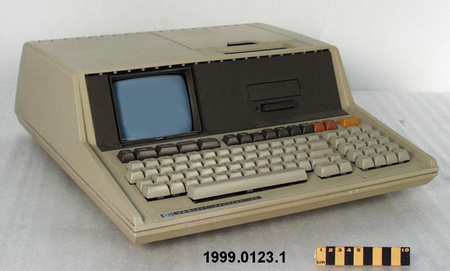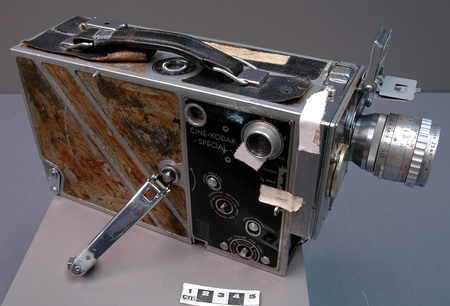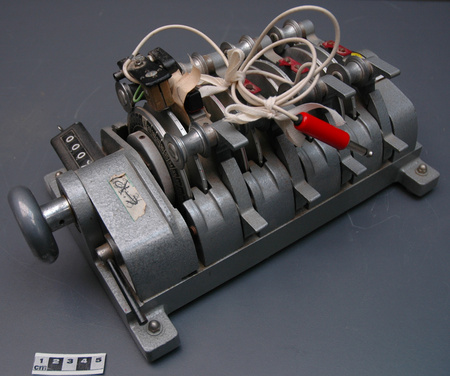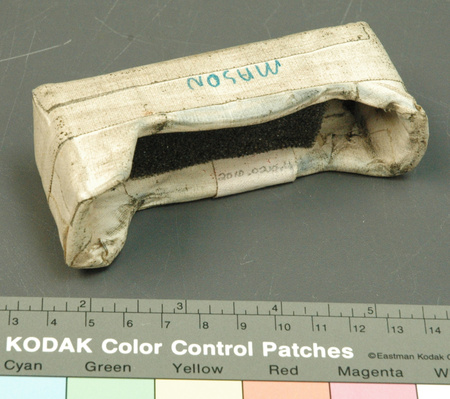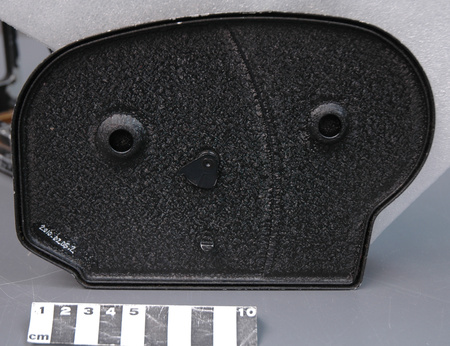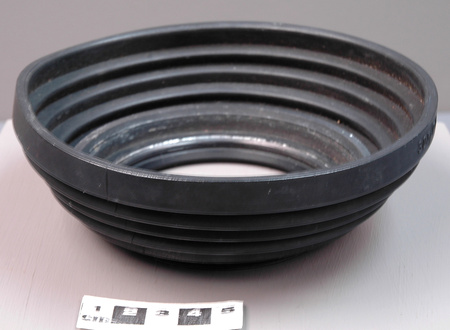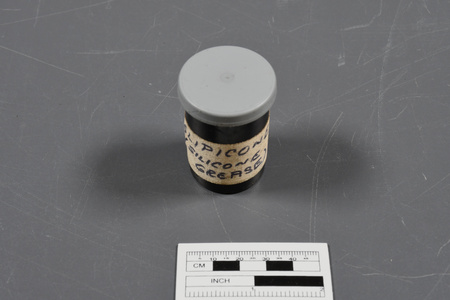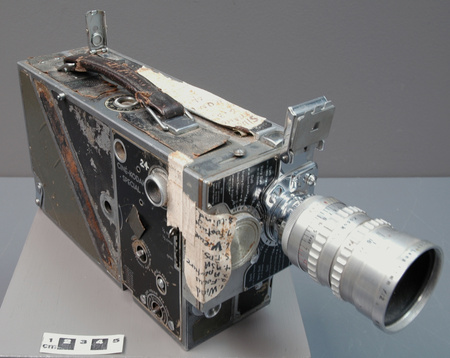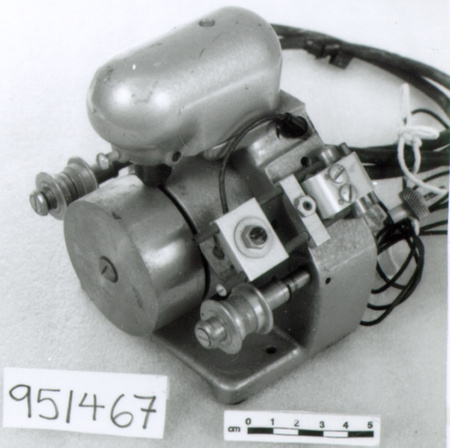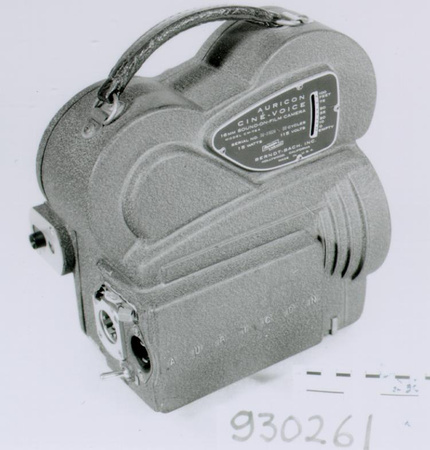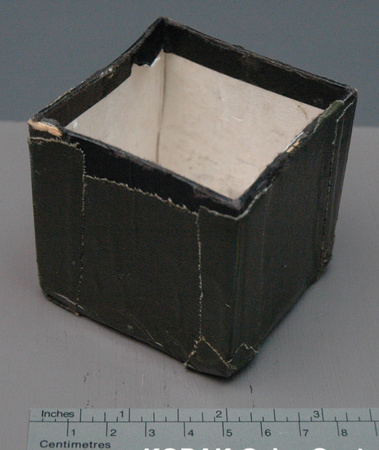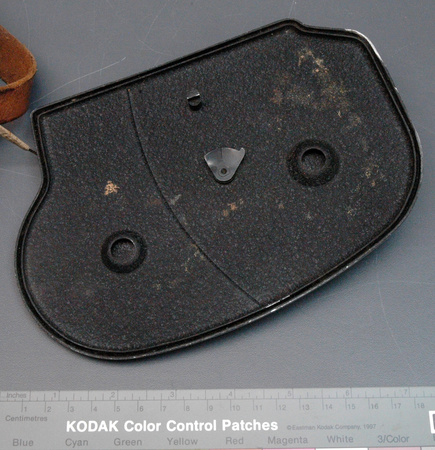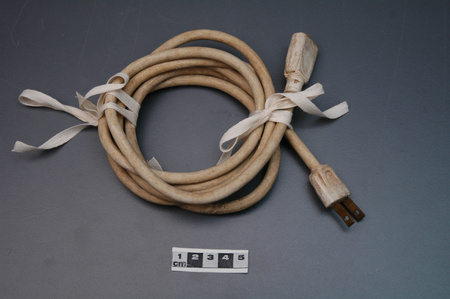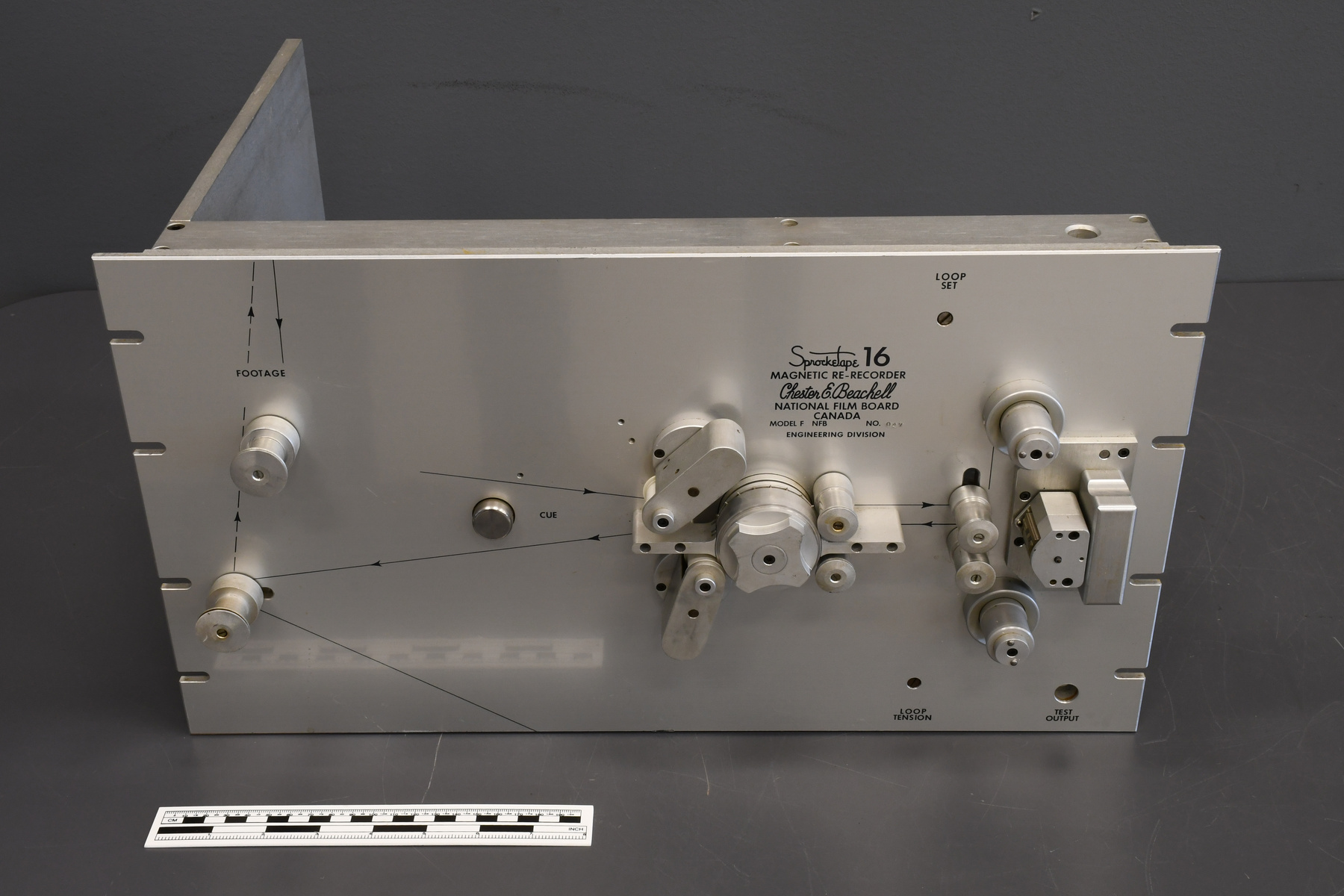Recorder, tape
Use this image
Can I reuse this image without permission? Yes
Object images on the Ingenium Collection’s portal have the following Creative Commons license:
Copyright Ingenium / CC BY-NC-ND (Attribution-NonCommercial 4.0 International (CC BY-NC 4.0)
ATTRIBUTE THIS IMAGE
Ingenium,
2011.0303.001
Permalink:
Ingenium is releasing this image under the Creative Commons licensing framework, and encourages downloading and reuse for non-commercial purposes. Please acknowledge Ingenium and cite the artifact number.
DOWNLOAD IMAGEPURCHASE THIS IMAGE
This image is free for non-commercial use.
For commercial use, please consult our Reproduction Fees and contact us to purchase the image.
- OBJECT TYPE
- N/A
- DATE
- 1955–1960
- ARTIFACT NUMBER
- 2011.0303.001
- MANUFACTURER
- Salco Corp. Ltd.
- MODEL
- Sprocketape 16/F
- LOCATION
- Toronto, Ontario, Canada
More Information
General Information
- Serial #
- N/A
- Part Number
- 1
- Total Parts
- 1
- AKA
- Magnetic Re-recorder
- Patents
- N/A
- General Description
- Metal recorder and parts with synthetic components.
Dimensions
Note: These reflect the general size for storage and are not necessarily representative of the object's true dimensions.
- Length
- 49.0 cm
- Width
- 31.5 cm
- Height
- 27.0 cm
- Thickness
- N/A
- Weight
- N/A
- Diameter
- N/A
- Volume
- N/A
Lexicon
- Group
- Photography
- Category
- Cine processing
- Sub-Category
- N/A
Manufacturer
- AKA
- Salco
- Country
- Canada
- State/Province
- Ontario
- City
- Toronto
Context
- Country
- Canada
- State/Province
- Ontario
- Period
- Used ca. late 1950s to early 1960s.
- Canada
-
For decades after its founding in 1941 the National Film Board was Canada’s largest centre for the production of films, the training of filmmakers, and the development of new film technology. Unlike the CBC, much of whose production was broadcast live, recorded on video tape, purchased from other sources, or limited to ephemeral news films, the NFB was dedicated to the production of original films for exhibition largely in the film medium. Due to its freedom from commercial pressures, its large permanent staff and its possession of its own studios and laboratories, the NFB was able to maintain high technical standards and encourage technical and stylistic innovation by its staff. From the early 1950s through the early 1960s, the National Film Board enjoyed a "golden age" with a string of award-winning documentaries and innovative animated films. Expo 67 and the NFB's showcase Labyrinth pavilion marked the apogee of the institution's political and financial fortunes. By the end of the 1960s, however, there was growing public and political disenchantment with the NFB over unsuccessful forays into feature films, a number of controversial documentaries and a decline in its output of educational and sponsored factual films. Over the next two decades, the federal government promoted the development of a commercial film industry by taking away the NFB's lucrative sponsored work (done for government departments) and providing grants and tax incentives for privately produced feature films. Henceforth the Board would increasingly limit itself to research and experimentation, the training of young filmmakers, and provision of technical and distribution services for independent producers. Board staff produced a steady supply of award-winning documentaries, dramas and animated films through the 1970s and 1980s, yet its role within the Canadian film landscape was steadily diminishing. In the last two decades, it has sharpened its focus on “social issue documentaries, auteur animation and alternative dramas” and has brought its distribution system into the digital age. Increasingly, its films are realized through a diverse range of community-based projects, programs for emerging filmmakers, and joint productions with independent producers and directors. - Function
-
For transferring sound recordings from one medium to another. Specifically, this was used for re-recording magnetic audio tape from on-location recorders to a 16mm magnetic film, which can then be used in post-processing of a cine film. - Technical
-
This machine was used to re-record, or dub, original ¼ inch tapes from NFB location recorders to a 16mm magnetic cine film for editing and, finally, dubbing of the finished audio mix. This was then transferred to the sound track area of 16 mm or 35 mm release prints. The 16 mm recorders and dubbers were large versions of the Sprocketape portable recorders. Thirty of these, also built by Salco, went into service in June 1957. These post-production machines saw almost constant daily service for 25 years. This example is a rack-mount module that consists of the heads and tape transport components. It does not include the motor, amplifier and feed and take-up reel sections. - Area Notes
-
Unknown
Details
- Markings
- On the proper front: "Sprocketape 16/ MAGNETIC RE-RECORDER/ Chester E. Beachell/ NATIONAL FILM BOARD/ CANADA/ MODEL F NFB NO. 049/ ENGINEERING DIVISION/ FOOTAGE/ LOOP/ SET/ LOOP/ TENSION/ TEST/ OUTPUT"/
- Missing
- Appears complete
- Finish
- Predominantly light grey metal body with black markings on the proper front. On the proper back there are dark brass-coloured metal wheels, black electrical components, and an off-white cable.
- Decoration
- N/A
CITE THIS OBJECT
If you choose to share our information about this collection object, please cite:
Salco Corp. Ltd., Recorder, tape, circa 1955–1960, Artifact no. 2011.0303, Ingenium – Canada’s Museums of Science and Innovation, http://collection.ingenium.ca/en/id/2011.0303.001/
FEEDBACK
Submit a question or comment about this artifact.
More Like This

